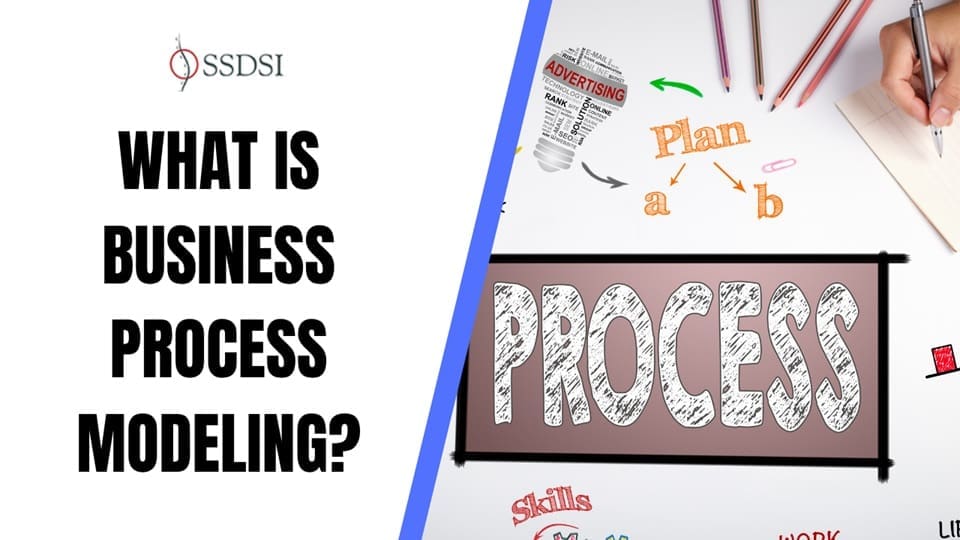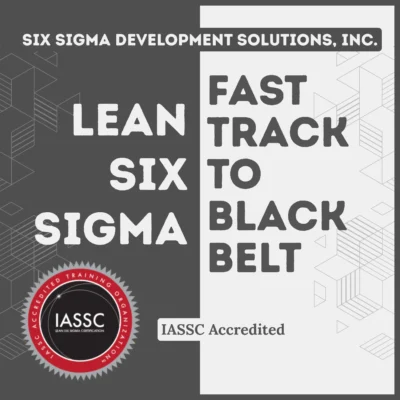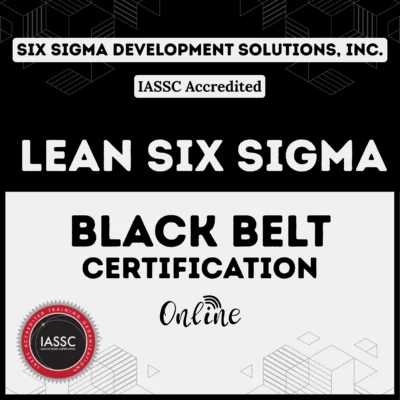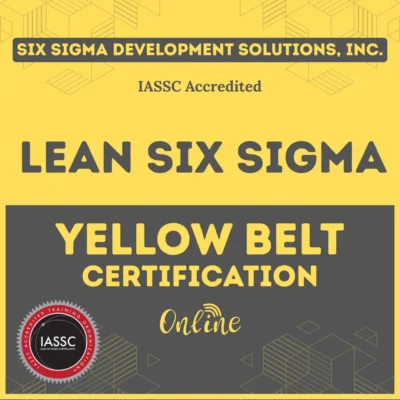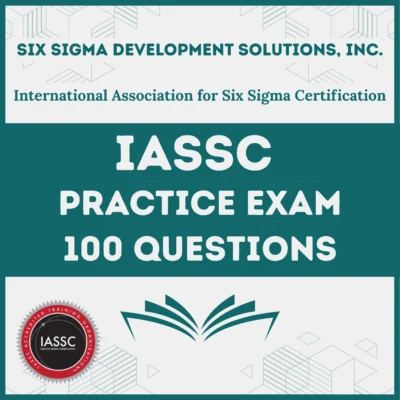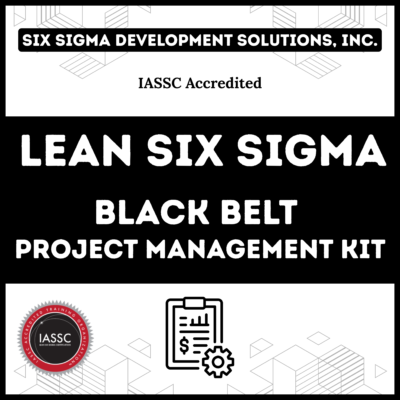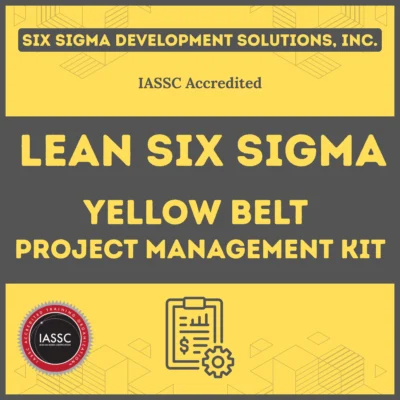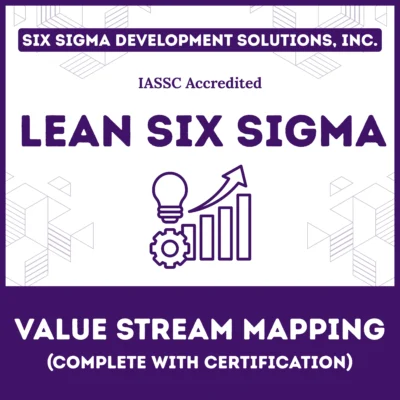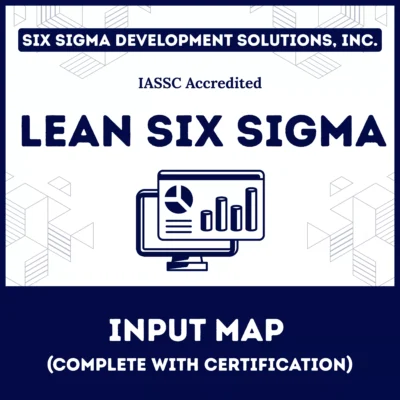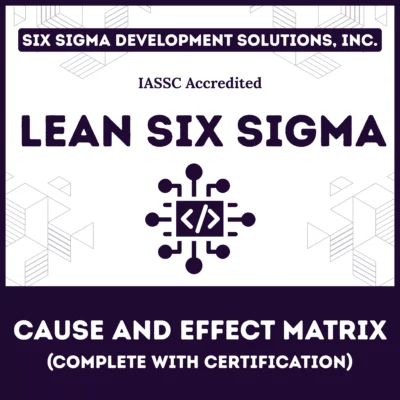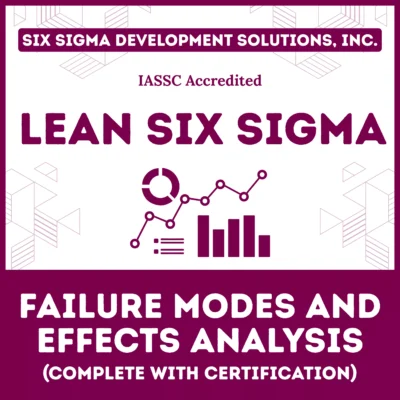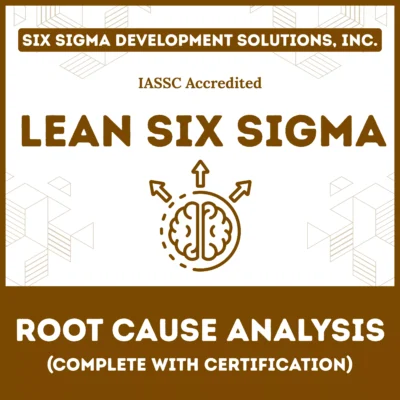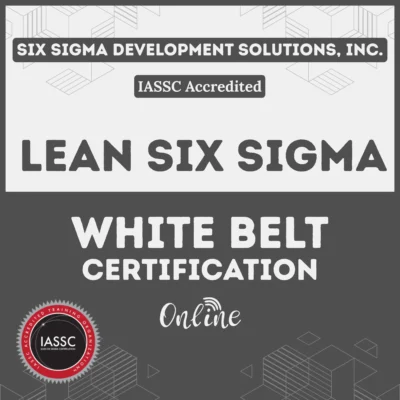Business process modelling (BPM) is more than just a buzzword—it’s a powerful approach to understanding, analyzing, and improving the way organizations operate. Imagine a bustling restaurant kitchen: each chef, server, and dishwasher has a specific role, and their tasks must flow seamlessly to deliver a perfect meal. Without a clear plan, chaos ensues—orders get lost, food goes cold, and customers leave unhappy.
Business process modeling is like the recipe that keeps the kitchen humming, ensuring every step aligns with the goal of operational excellence.
In this article, we’ll delve into the world of business process modelling, examining its definition, benefits, tools, and practical applications. Whether you’re a business owner, manager, or analyst, you’ll discover how BPM can transform your operations and drive success.
Table of contents
What is Business Process Modeling?
At its core, business process modeling is the practice of creating visual representations of an organization’s workflows, processes, and operations. These process models map out the sequence of activities, decisions, and interactions that make up a business function, from start to finish. By illustrating how tasks flow, BPM helps organizations identify inefficiencies, streamline operations, and improve outcomes.
Think of BPM as a blueprint for your business. Just as an architect uses diagrams to design a building, businesses use process models to design and optimize their workflows. The most common standard for this is Business Process Model and Notation (BPMN), a universal language that uses BPMN symbols to create clear, standardized diagrams.
Video
Why is Business Process Modeling Important?
Businesses are complex ecosystems with countless moving parts. From supply chain logistics to customer service interactions, every process involves people, systems, and resources. Without a clear understanding of these workflows, inefficiencies creep in—delays, redundancies, and errors that cost time and money.
BPM addresses these challenges by:
- Clarifying workflows: Visual models make it easy to see how tasks flow and where bottlenecks occur.
- Improving efficiency: Identifying redundant steps or delays allows businesses to streamline operations.
- Enhancing communication: BPMN diagrams provide a shared language for teams to collaborate effectively.
- Driving innovation: By analyzing processes, businesses can identify opportunities for automation or improvement.
For example, a retail company might use BPM to map its order fulfillment process, spotting delays in inventory checks and automating them to speed up delivery. This not only saves time but also boosts customer satisfaction.
Understanding BPMN: The Language of Process Modeling
Business Process Model and Notation (BPMN) is the gold standard for process modeling. Developed to standardize how businesses represent processes, BPMN uses a set of intuitive symbols to create diagrams that are easy to understand yet detailed enough to capture complex workflows.
Public, Onsite, Virtual, and Online Six Sigma Certification Training!
- We are accredited by the IASSC.
- Live Public Training at 52 Sites.
- Live Virtual Training.
- Onsite Training (at your organization).
- Interactive Online (self-paced) training,
What is BPMN Notation?
BPMN notation consists of symbols that represent different elements of a process:
- Events: Circles that mark the start, end, or key milestones (e.g., a customer placing an order).
- Activities: Rectangles that represent tasks or actions (e.g., processing a payment).
- Gateways: Diamonds that indicate decision points (e.g., approving or rejecting a request).
- Flows: Arrows that show the sequence of activities or information flow.
These BPMN notation symbols create a universal language that anyone—from executives to IT teams—can understand. For instance, a BPMN model for a loan approval process might show the customer submitting an application (event), the bank reviewing documents (activity), and a decision to approve or deny (gateway).
Why Use BPMN?
BPMN’s strength lies in its balance of simplicity and precision. It’s accessible to non-technical stakeholders while providing enough detail for developers to implement solutions. Additionally, BPMN process mapping ensures consistency across teams, making it easier to collaborate on process improvements.
Also Read: Process Optimization in Manufacturing
Key Benefits of Business Process Modeling
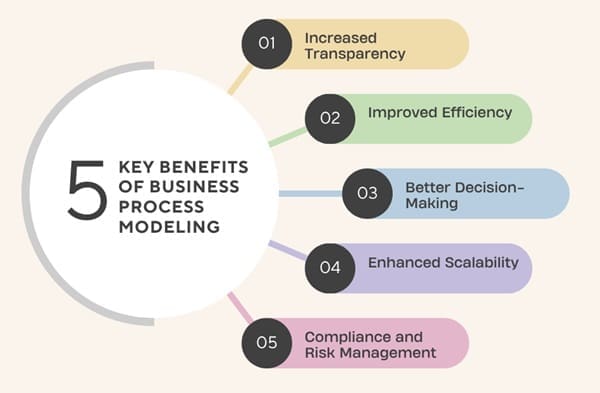
Transitioning to a structured approach like BPM can revolutionize how organizations operate. Here are some key benefits:
- Increased Transparency: BPMN diagrams make processes visible, helping teams understand their roles and responsibilities.
- Improved Efficiency: By identifying bottlenecks or redundancies, businesses can eliminate waste and optimize workflows.
- Better Decision-Making: Clear process models provide data-driven insights for strategic planning.
- Enhanced Scalability: Well-documented processes make it easier to scale operations or onboard new employees.
- Compliance and Risk Management: BPM ensures processes align with regulations, reducing the risk of costly errors.
For example, a healthcare provider might use business process modeling examples to map patient intake processes, ensuring compliance with privacy laws while reducing wait times.
Business Process Modeling Tools and Software
To create effective process models, businesses rely on business process modeling software. These tools simplify the creation, analysis, and sharing of BPMN diagrams. Here are some popular options:
- Lucidchart: A cloud-based tool with intuitive drag-and-drop features for creating BPMN diagrams.
- Microsoft Visio: A robust platform for detailed process mapping, ideal for complex workflows.
- Bizagi Modeler: A free, user-friendly tool designed specifically for BPMN modeling.
- ARIS (Architecture of Integrated Information Systems): A comprehensive platform for enterprise-level process design.
- Signavio: A collaborative tool that integrates BPM with process automation.
When choosing process modeling tools, consider factors like ease of use, collaboration features, and integration with existing systems. For instance, a small business might opt for Lucidchart’s simplicity, while a large enterprise might choose ARIS for its scalability.
How to Create a Business Process Model?
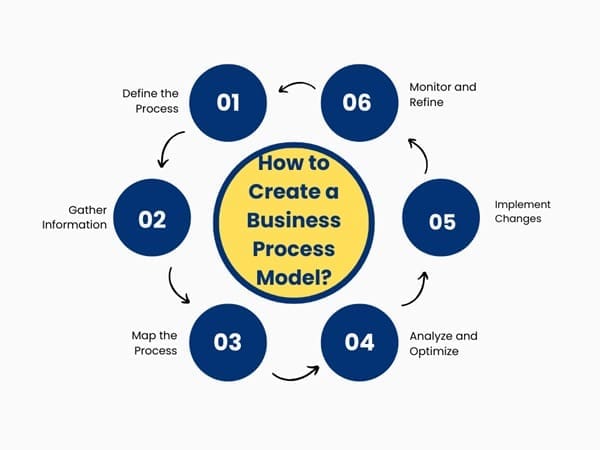
Creating a business process model involves several steps. Here’s a practical guide to get started:
- Define the Process: Identify the process you want to model, such as order fulfillment or employee onboarding.
- Gather Information: Collaborate with stakeholders to understand the process’s steps, roles, and goals.
- Map the Process: Use BPMN symbols to create a visual representation of the workflow.
- Analyze and Optimize: Look for inefficiencies, such as redundant tasks or delays, and propose improvements.
- Implement Changes: Update the process based on your findings and test the new workflow.
- Monitor and Refine: Continuously track performance and refine the process as needed.
For example, a logistics company might map its delivery process, discover that manual tracking slows down operations, and implement a barcode scanning system to automate updates.
Also Read: ADKAR Change Model
Examples
To illustrate BPM’s impact, let’s explore a few business process modeling examples:
1. Retail Order Processing
A retail chain uses BPMN to map its online order process. The diagram reveals that manual inventory checks cause delays. By automating these checks with process modeling software, the company reduces delivery times by 30%.
2. Healthcare Patient Admissions
A hospital maps its patient admission process, identifying redundant paperwork. By digitizing forms and using BPMN to redesign the workflow, the hospital cuts admission times in half, improving patient satisfaction.
3. Manufacturing Supply Chain
A manufacturer uses BPM to streamline its supply chain. The model highlights inefficiencies in supplier communication, leading to the adoption of a cloud-based collaboration tool that boosts on-time deliveries.
These examples show how BPM transforms operations across industries, from retail to healthcare to manufacturing.
Challenges in Business Process Modeling
While BPM offers significant benefits, it’s not without challenges. Common hurdles include:
- Resistance to Change: Employees may resist new processes, especially if they disrupt established routines.
- Complexity: Mapping intricate processes can be time-consuming and requires collaboration across teams.
- Tool Limitations: Some process modeling tools may lack advanced features or integration capabilities.
- Maintaining Models: Processes evolve, so models must be updated regularly to stay relevant.
To overcome these challenges, involve stakeholders early, choose user-friendly tools, and establish a culture of continuous improvement.
Best Practices for Effective Business Process Modeling
To maximize the value of BPM, follow these best practices:
- Start Simple: Begin with a high-level overview before diving into detailed subprocesses.
- Engage Stakeholders: Involve team members from all levels to ensure accuracy and buy-in.
- Use Standard Notation: Stick to BPMN for consistency and clarity.
- Leverage Technology: Use business process modeling tools to streamline diagram creation and collaboration.
- Iterate and Improve: Regularly review and refine models to reflect changes in business needs.
Essential BPMN Symbols
Understanding bpmn symbols forms the foundation of effective modeling. The notation includes several categories of elements:
Flow Objects form the core building blocks. Activities (represented by rounded rectangles) show work being performed. Events (circles) indicate something happening—processes starting, ending, or intermediate occurrences. Gateways (diamonds) represent decision points where flow splits or merges based on conditions.
Connecting Objects show relationships between elements. Sequence flows (solid arrows) indicate the order of activities. Message flows (dashed arrows) show communication between different participants. Associations (dotted lines) link artifacts to flow objects.
Swimlanes organize activities by responsibility. Pools represent different organizations or major participants, while lanes divide pools into functional roles or departments. This visual separation clarifies accountability and handoffs.
Artifacts provide additional context without affecting process flow. Text annotations add explanatory notes, data objects show information used or produced, and groups visually bracket related elements.
The bpmn definition extends beyond these basic elements to include advanced features for error handling, compensation, complex events, and more. However, most process modelling efforts focus on core elements that communicate clearly without overwhelming audiences.
FAQs About Business Process Modeling
What is a business process?
A business process is a series of repeatable tasks or activities that produce a specific outcome, such as delivering a product or serving a customer. Examples include order processing, payroll management, or customer support.
What is the difference between business process modeling and process mapping?
Business process modeling creates detailed, standardized diagrams (often using BPMN) to analyze and optimize workflows. Process mapping is a broader term that refers to any visual representation of a process, which may or may not use standardized notation.
What are the best tools for business process modeling?
Popular business process modeling tools include Lucidchart, Microsoft Visio, Bizagi Modeler, ARIS, and Signavio. Each offers unique features, from cloud-based collaboration to enterprise-level scalability.
How does BPMN improve business process modeling?
BPMN (Business Process Model and Notation) provides a standardized set of symbols that make process models clear, consistent, and universally understood, improving collaboration and implementation.
Can small businesses benefit from business process modeling?
Absolutely! Small businesses can use BPM to streamline operations, reduce costs, and improve customer satisfaction. Tools like Bizagi Modeler offer free options tailored for smaller teams.
Final Words
Business process modeling is a game-changer for organizations looking to optimize their operations. By creating clear, visual representations of workflows, businesses can identify inefficiencies, improve collaboration, and drive innovation. With the power of BPMN notation and modern process modeling software, companies of all sizes can transform their processes and achieve operational excellence.

About Six Sigma Development Solutions, Inc.
Six Sigma Development Solutions, Inc. offers onsite, public, and virtual Lean Six Sigma certification training. We are an Accredited Training Organization by the IASSC (International Association of Six Sigma Certification). We offer Lean Six Sigma Green Belt, Black Belt, and Yellow Belt, as well as LEAN certifications.
Book a Call and Let us know how we can help meet your training needs.

